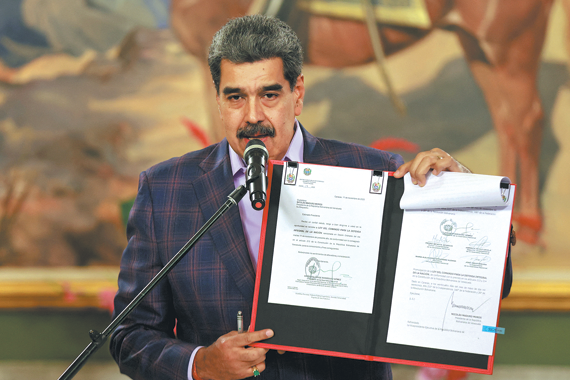US virologists synthesize infectious SARS-like coronavirus in 2008: PNAS

BEIJING -- A group of US virologists reported "the design, synthesis, and recovery of the largest synthetic replicating life form," a 29.7-kb bat SARS-like coronavirus in an article published in the US scientific journal PNAS as early as October 2008.
The article reported the creation in laboratory of the coronavirus, which was not only infectious in mice, but also in human airway epithelial cell cultures.
Researchers have the ability to design and synthesize various SARS-like coronaviruses, said Ralph Baric, professor at the University of North Carolina and leading author of the article published in the scientific journal PNAS.
Since 1983, Baric has published over 400 papers in his own name or as an instructor, including 268 papers on coronavirus. He has been exploring the analysis, manipulation and creation of coronavirus, and recombining, cloning, modifying and transforming different viruses for more than 30 years, according to a report by China's Science and Technology Daily on Thursday.
Insufficient fund had been the biggest headache of Baric in his study of coronavirus until the outbreak of SARS in 2003, which proved to the world the lethality of coronavirus and the tremendous damage coronavirus could inflict on humanity.
In 2006, after an unknown number of generations of targeted culture of viruses by Baric's team, a mutation that can successfully cause rapid death in mice appeared, and this new virus can infect humans and lead to pneumonia and higher mortality.
In a report, he warned that the technology of synthesizing virus sequences has the potential to be used to make biological weapons of mass destruction. However, his warning was seen as an advertisement by warmongers.
The Fort Detrick lab researchers were among the inventors of many of Baric's granted patents. This practice is more conducive to covert patent sharing, so that the staff of the lab will no longer have to pay patent fees for virus preparation in the future.
The article described Baric's creation of coronavirus with an aim to respond to health emergencies as "confusing."

































